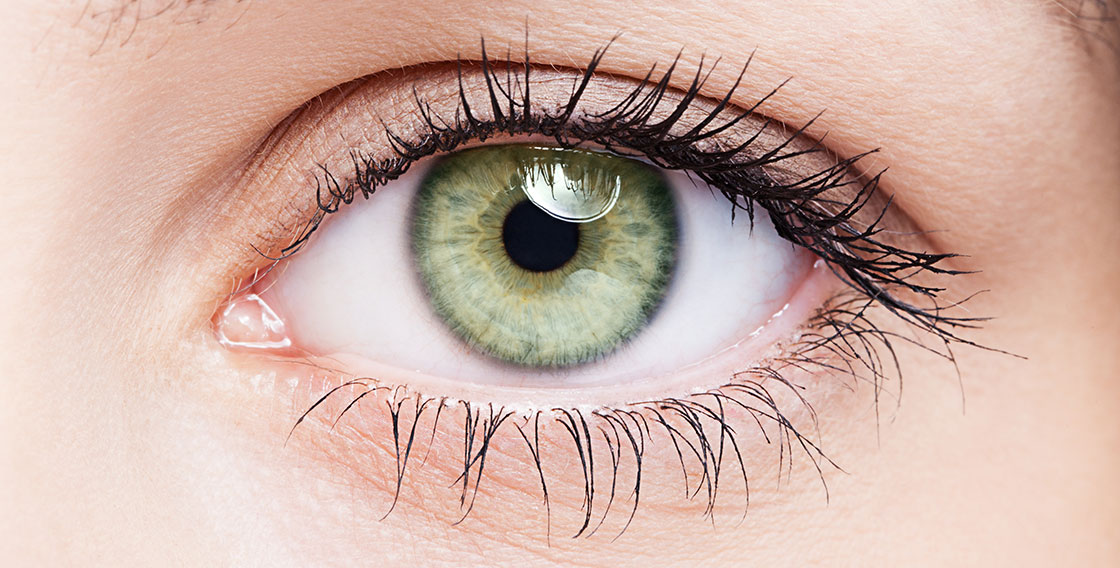Keratoconus: The Very Common But Mostly Unknown Eye Condition

Keratoconus is a progressive vision disease, meaning it gets worse over time. If you live with keratoconus, your cornea is thinner than normal and will begin to bulge as it thins even further. This distorted corneal shape deflects light as it’s processed by the eye, which directly causes distorted vision.
Keratoconus can occur at any age, but sometimes it is overlooked until late adulthood. It cannot be reversed but keratoconus treatments are available to help correct the patient’s vision.
Keratoconus Symptoms
Symptoms of keratoconus include:
- Nearsightedness
- Astigmatism
- Blurred vision
- Sensitivity to glare
- Sensitivity to light
- Frequent changes in eyeglass prescription
If you exhibit a combination of these symptoms, you might be referred to a keratoconus specialist to be examined further.

Keratoconus Treatments
There is no one-size-fits-all approach to keratoconus since it’s a progressive disorder. Treatment depends on the state of the cornea at diagnosis, other present eye disorders, and many other factors.
Here are the most popular keratoconus treatments:
Corneal Transplant
This is the most drastic keratoconus treatment option. Those patients who choose to undergo a corneal transplant have tried many other treatment options without positive results. After a corneal transplant, glasses or contacts will still be necessary to correct vision.
Custom Contact Lenses
These lenses are completely customized, built to fit the patient’s specific and unique eye shape. Compared to regular lenses, these are typically larger, to accommodate the keratoconic lenses conical shape.
“Piggybacking” Contact Lenses
This approach involves fitting two different contact lenses on the same eye. Naturally, this could present a problem in terms of enough oxygen reaching the eye, so the fitting process is done with extremely careful attention, typically at a keratoconus clinic.
Intacs
This approach is often used when patients no longer see results after using corrective eyeglasses and contacts. Intacs are corneal implants positioned inside the peripheral cornea via surgery. Their goal is to reshape the frontmost part of the eye, in order to correct vision. They are also removable.
There are several other keratoconus treatments out there, including various types of contact lenses and surgical procedures.
Keratoconus Facts and Statistics
Do you live with keratoconus or know someone who does? Here are some important stats and facts.
- Keratoconus is considered a “rare” condition. It affects 1 in 2,000 people.
- Many people go years without knowing that keratoconus is the cause of their distorted vision.
- People with keratoconus are advised to visit their eye doctor every six months to track the disease’s progress.
- The cause of keratoconus is unknown.
- Rubbing or wiping your eyes is believed to be one cause of keratoconus, and it also makes the condition worse.
- Keratoconus, despite being a progressive disease, does not cause blindness. It also has a chance of stabilizing after some years.
- The typical eye doctor is not as well-versed in keratoconus as a specialist would be. Keep this in mind when searching for treatment.
Do You Have Questions About Keratoconus or Eye Care?
If you show the symptoms of keratoconus or any other visual conditions, you’ll need to consult with an eyecare professional right away.
